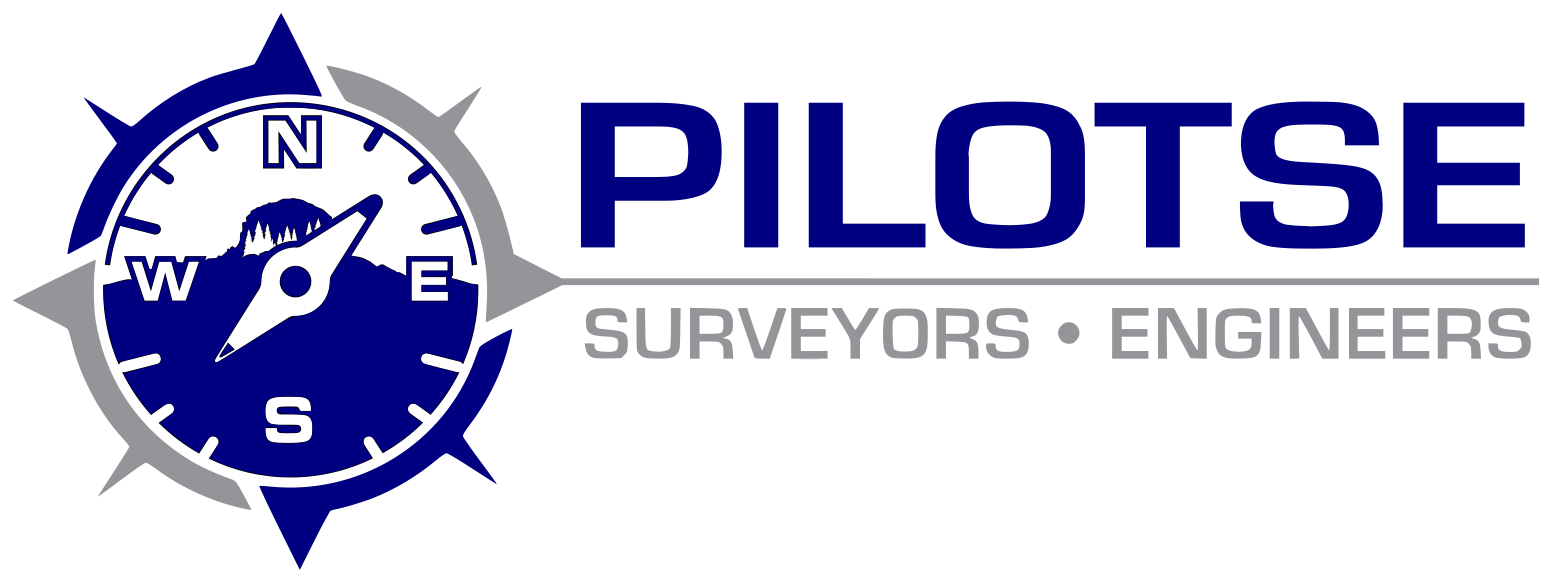As described by the NC Board of Examiners for Engineers and Land Surveyors, the practice of Surveying includes the investigation and interpretation of scientific measurements involving the location and size of natural and man-made features on the earth’s surface. Commonly, Land Surveyors locate, establish, and map property boundaries and corners, easements, and the topography, or contour, of the land. Surveyors are trained to deal with questions of fact, not questions of law.
When and why do I need a survey?
Most people interact with Land Surveyors when buying or selling a home or piece of property. Surveys can be an invaluable piece of information when conducting a real estate transaction as they can reveal encroachments from neighboring properties or map restricted areas for constructing a home, such as setbacks, buffers, or floodplain. Sometimes the elevation of the building floor will need to be verified relative to an adjacent floodplain to obtain flood insurance.
How much does a survey cost?
This is a simple question with a complicated answer, and unfortunately, it depends. Price will vary according to the size, location, and configuration of the parcel to be surveyed; what the survey is to be used for; and what type(s) of surveys are required to accomplish the intended goal.
How long will it be before I get my survey back?
Again, it depends. Generally a small single family lot survey can be accomplished within a week or two. Larger parcels, topographic surveys, or properties with complicated conveyance histories can take longer as more field work or intense deed research is required.
What can I expect the day of my survey?
The morning of your survey, you can expect the Surveyor to arrive and begin to setup the equipment. This is the commonly seen tripod with instrument on top, though sometimes GPS equipment may be used. Once the instrument has been oriented, the surveyor will begin taking measurements of items around the property. This will generally include house corners, fences, property corners, or other items as requested.
What information do I need to provide?
Basically any information available that may aid in the location of property corners or other historic features will be helpful. Helpful information would include old maps from previous surveys, copies of deeds, or even the location of any known property corners.
What should I do if my neighbors fence is on my property?
Have it surveyed by a licensed land surveyor. A survey will reveal any apparent encroachment relative to the disputed property line. Once mapped an attorney may be required to determine the next steps.
How close can I build to my property line?
This depends on what you are building and where you are building it. Local zoning and land use ordinances regulate building setbacks based on zoning districts and land use.
What if I don’t see my question or answer?
Feel free to contact us with any question you may have. If we don’t know the answer, we will (attempt anyway) to point you in the right direction.
